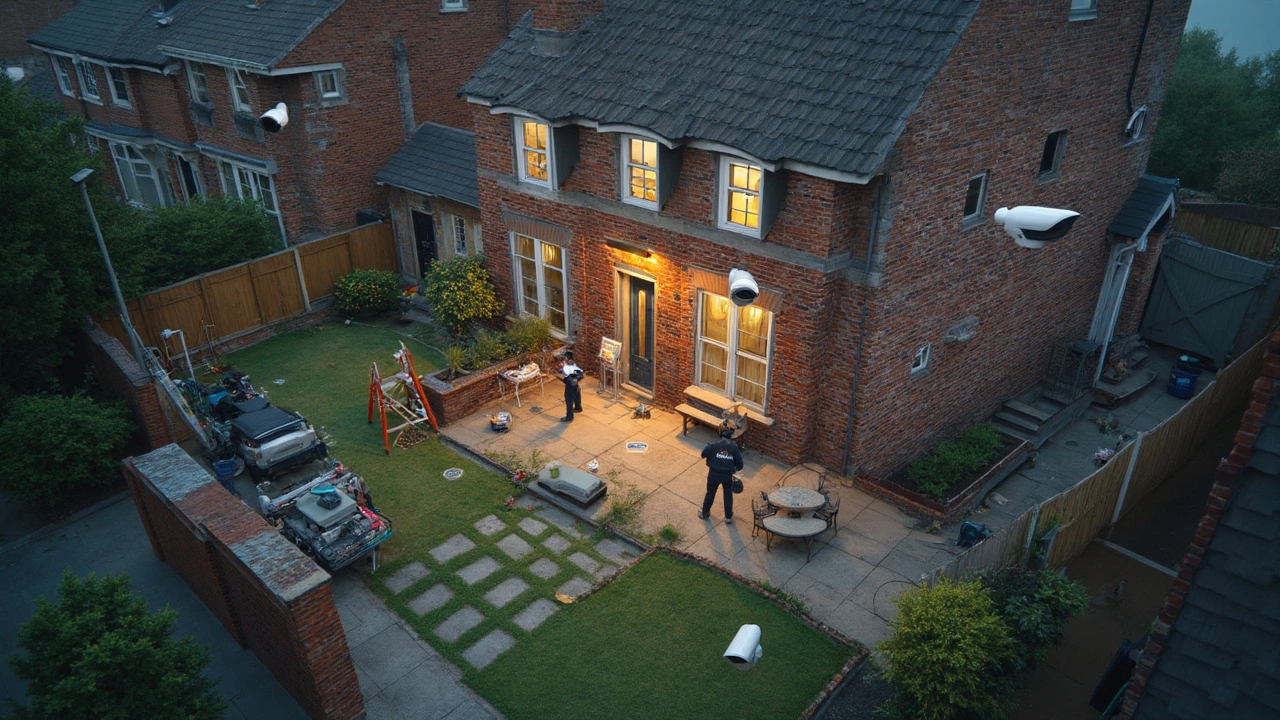If your cameras are blurry, freeze, or stop recording, it’s usually a maintenance issue. Regular care costs less than a new system and helps you spot problems before they become emergencies. Below you’ll find easy checks you can do yourself and clues about when to call a professional.
Every camera lives in a real‑world environment – dust, rain, temperature swings, and wildlife can wear it down. A dirty lens reduces image quality, a loose cable can cut power, and outdated firmware leaves the system vulnerable to hacks. By keeping the hardware clean and the software up‑to‑date, you protect image clarity, reduce false alarms, and extend the life of expensive equipment.
1. Clean the lenses. Use a soft microfiber cloth and a little lens cleaner. Wipe in a circular motion; avoid pressing hard. Do this every 2‑3 months, or more often if you’re near a construction site or heavy traffic.
2. Check the housing. Look for cracks, rust, or water inside the dome. Seal any gaps with silicone sealant. A tight seal prevents moisture from fogging the sensor and stops insects from building nests.
3. Test power and connections. Make sure each camera’s power adapter is firmly plugged in and the cable isn’t frayed. If you have PoE (Power over Ethernet) cameras, verify the switch LEDs are solid green. A quick disconnect‑reconnect can fix occasional glitches.
4. Review footage regularly. Watch live feed and recorded video at least once a week. Spot any freezes, distortion, or missing timestamps. If a camera consistently drops frames, it may need a firmware update or a replacement.
5. Update firmware. Log into your CCTV software dashboard and look for a ‘Firmware Update’ button. Manufacturers release patches to improve performance and security. Install updates during off‑peak hours to avoid interruptions.
6. Back up recordings. If you store video on a local NVR, set a weekly backup to an external drive or cloud service. This protects you from hard‑drive failure and makes it easier to retrieve evidence later.
Doing these checks takes less than an hour a month, but they save you time, money, and hassles down the line.
When should you call a pro? If you notice persistent power loss, wiring issues that need rewiring, or recurring firmware errors that you can’t resolve, it’s worth hiring a qualified CCTV technician. They can perform a full system audit, tighten mounts, replace faulty parts, and ensure compliance with local privacy laws.
Remember, a well‑maintained CCTV system not only catches intruders but also gives you peace of mind. Schedule your next maintenance session, grab a cloth, and give those lenses a quick shine – your cameras (and your wallet) will thank you.

CCTV installation often comes with a bigger price tag than most folks expect. This article breaks down what drives the cost up, from the price of cameras to labor and ongoing maintenance. Learn which choices eat up your budget and discover tips to get solid security without overspending. Real-world examples keep it practical, not just theoretical. The article also covers common mistakes people make when buying CCTV setups.